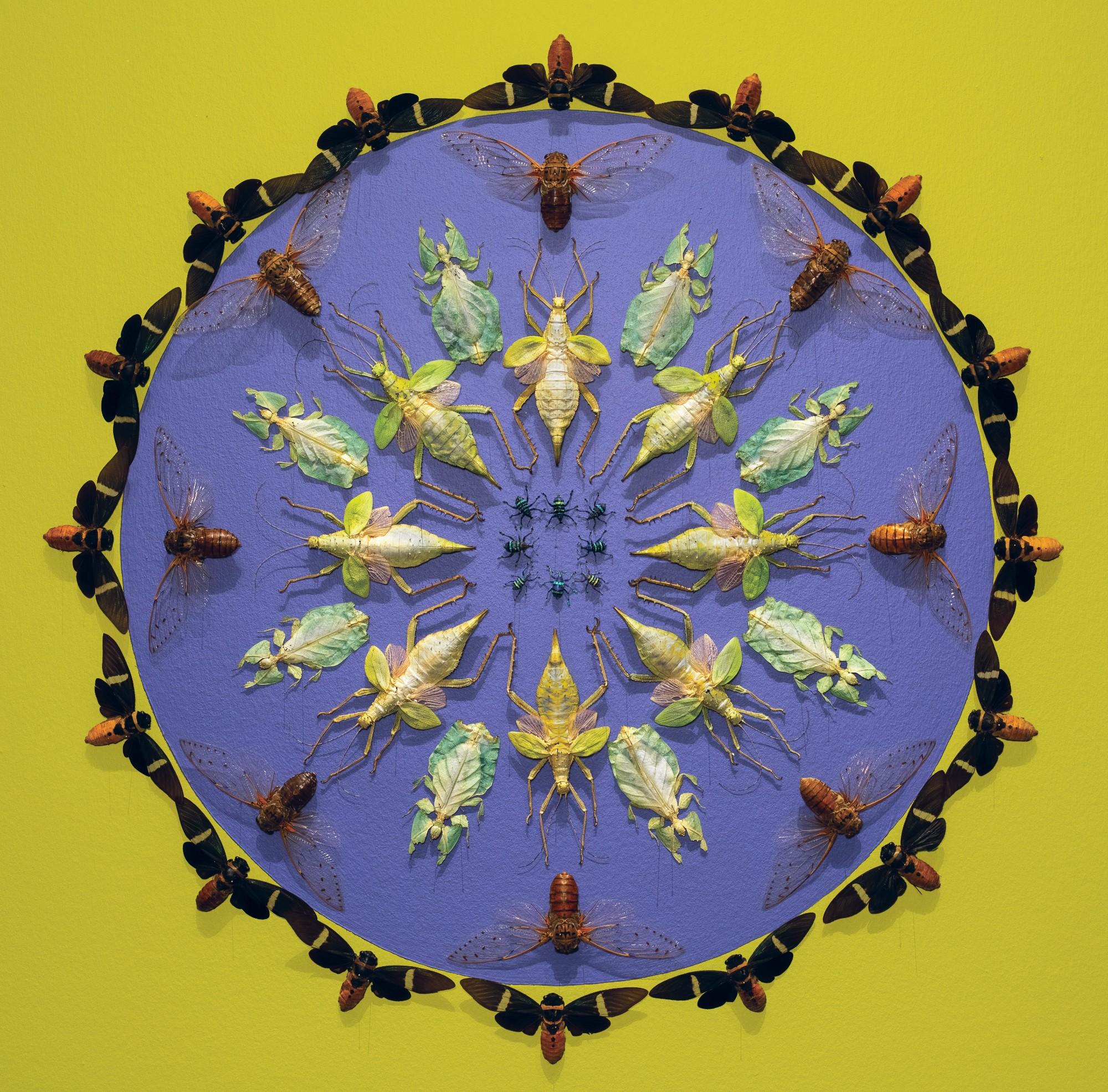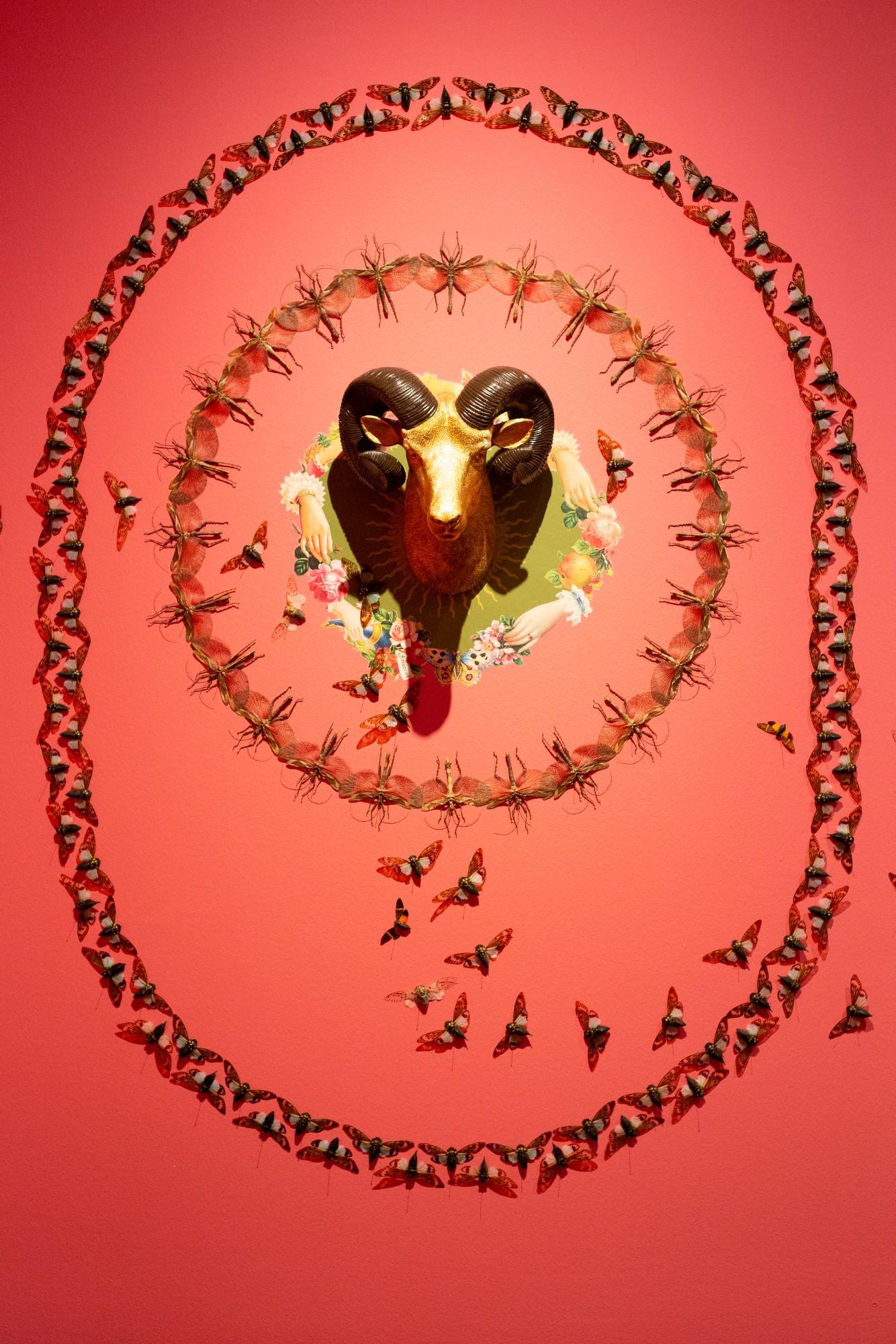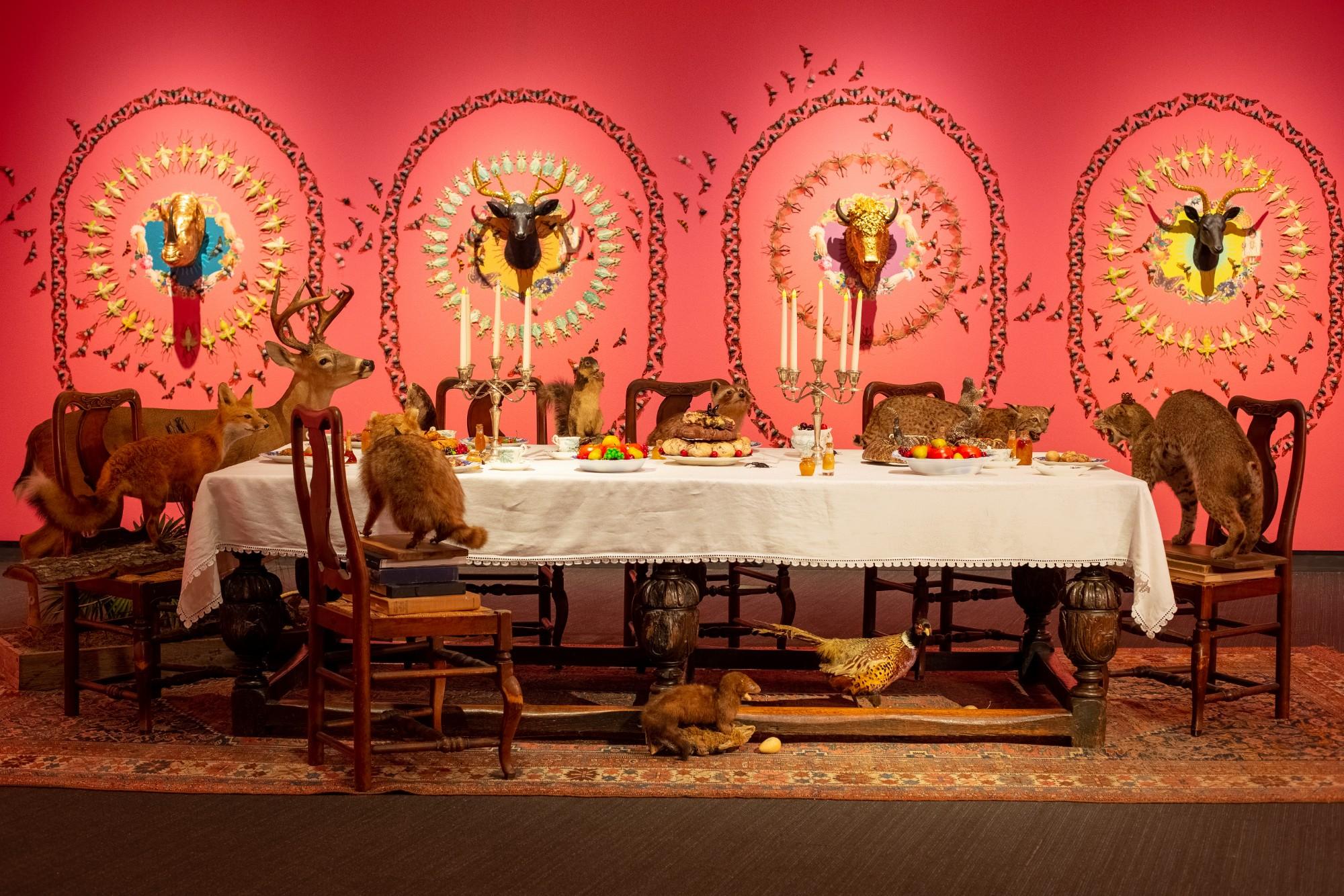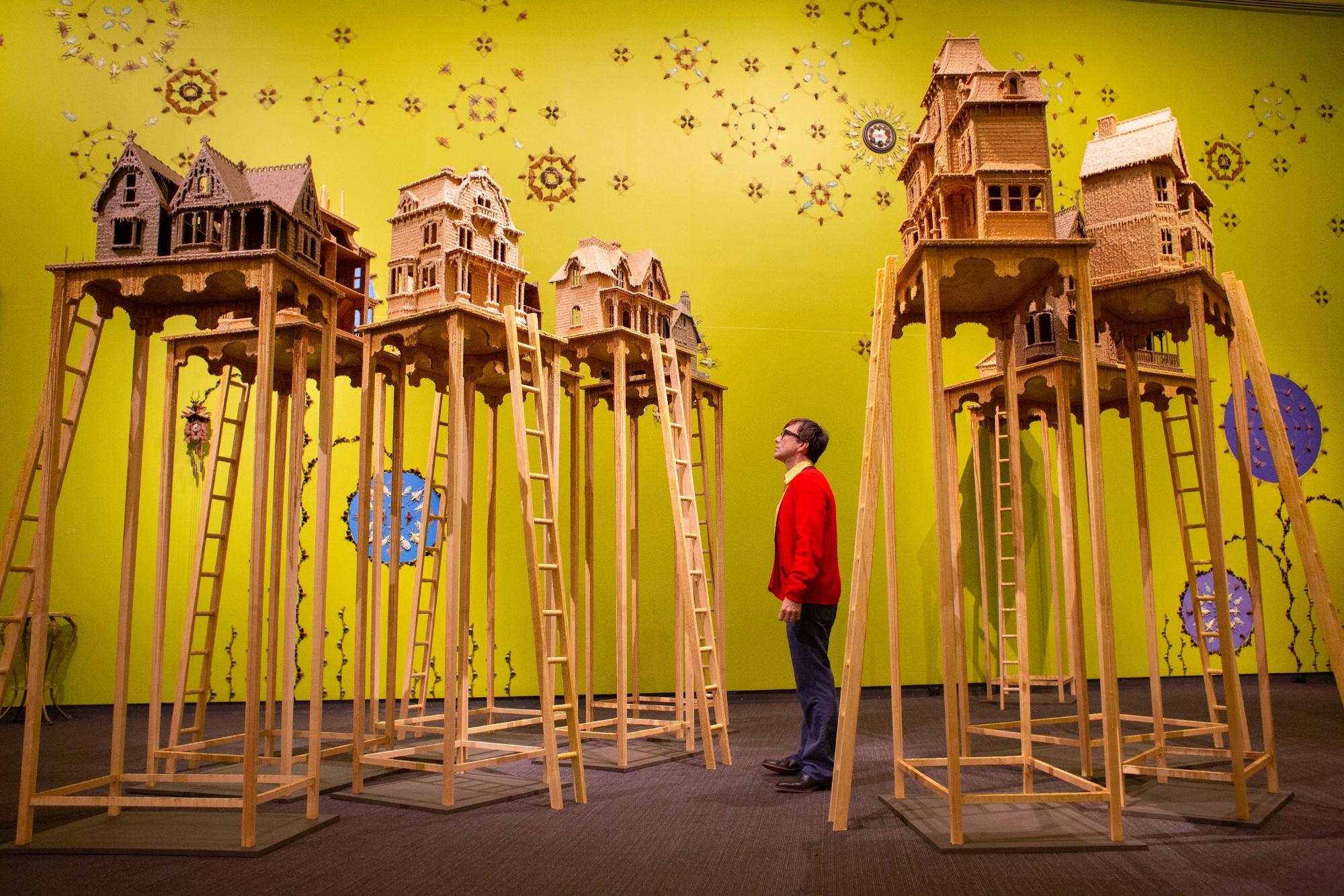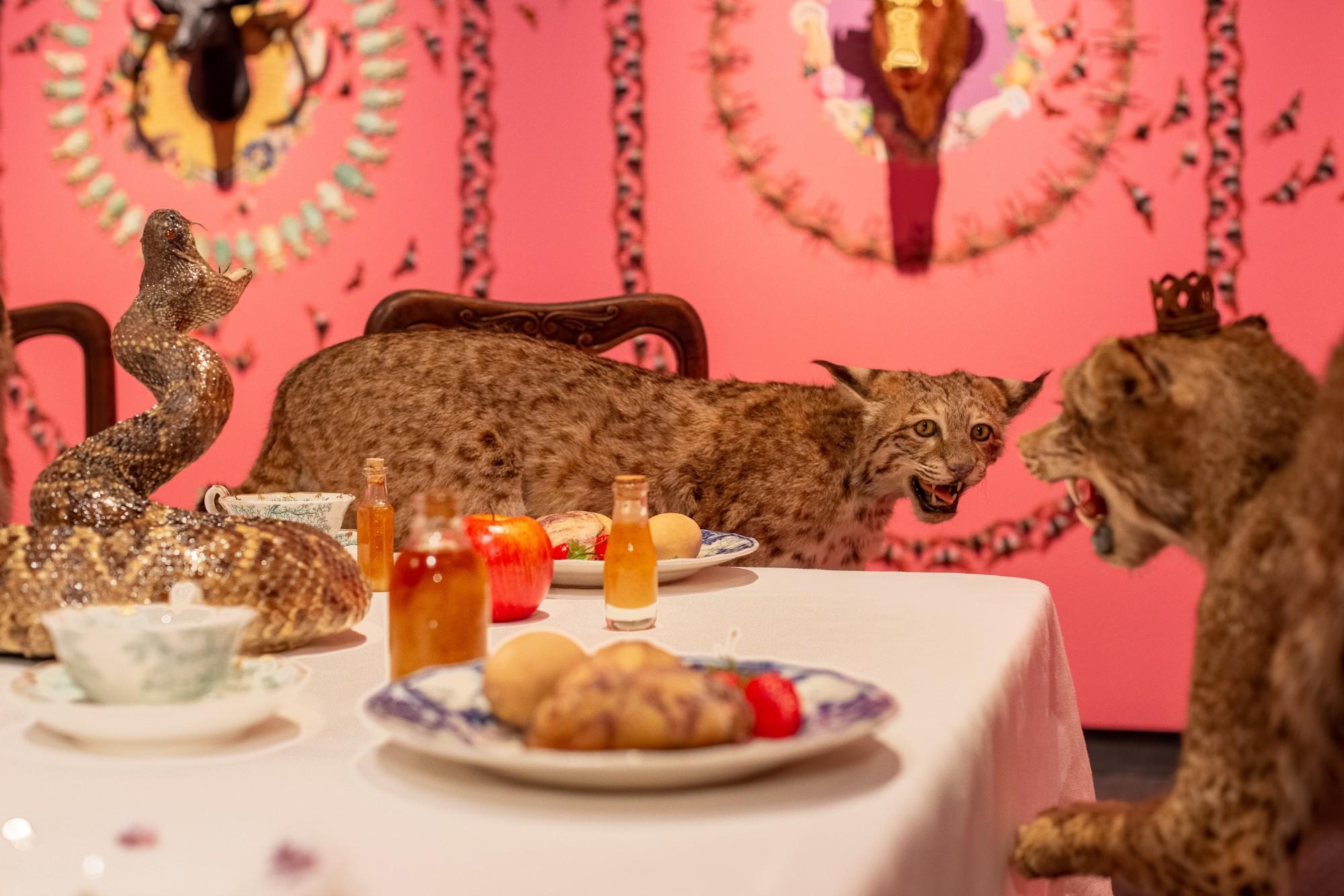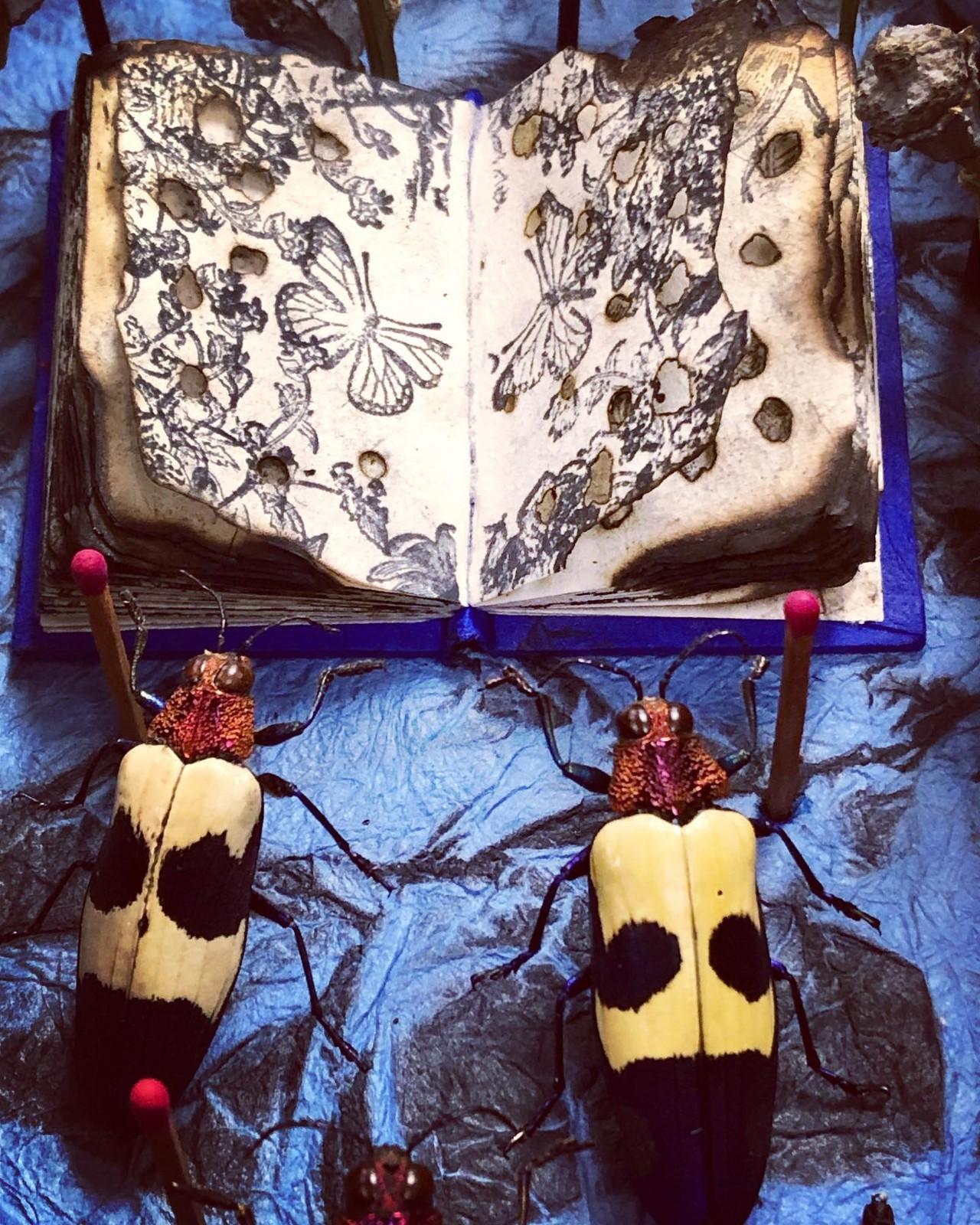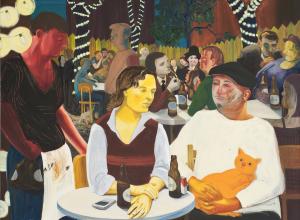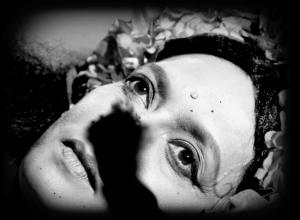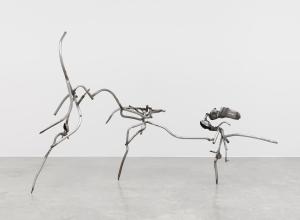Her largest installation to date is currently on view at the Museum of Fine Arts, St. Petersburg. For ‘The Grasshopper and the Ant’ and Other Stories, as told by Jennifer Angus (through January 5, 2020) the artist has created an immersive world of bugs.
Filling several museum galleries, Angus’ works feature insects as everything from decoration to narrator. Aesop’s Fables, which often feature insects and other fauna as protagonists, are an inspiration for Angus, who wants us to pay better attention to creatures we may normally try and ignore.
Angus sources her insects from farms all over the world, including Madagascar, Malaysia, Thailand, and Papua New Guinea. The bugs are not endangered and are raised for exhibition in private collections and museums, arriving to the artist as dried specimens, ready to be pinned to the wall. After each installation, Angus carefully removes the bugs from their displays, returning them to storage for future use in other works of art. Some of her six-legged friends have been with her throughout the twenty years she has been creating these works.




